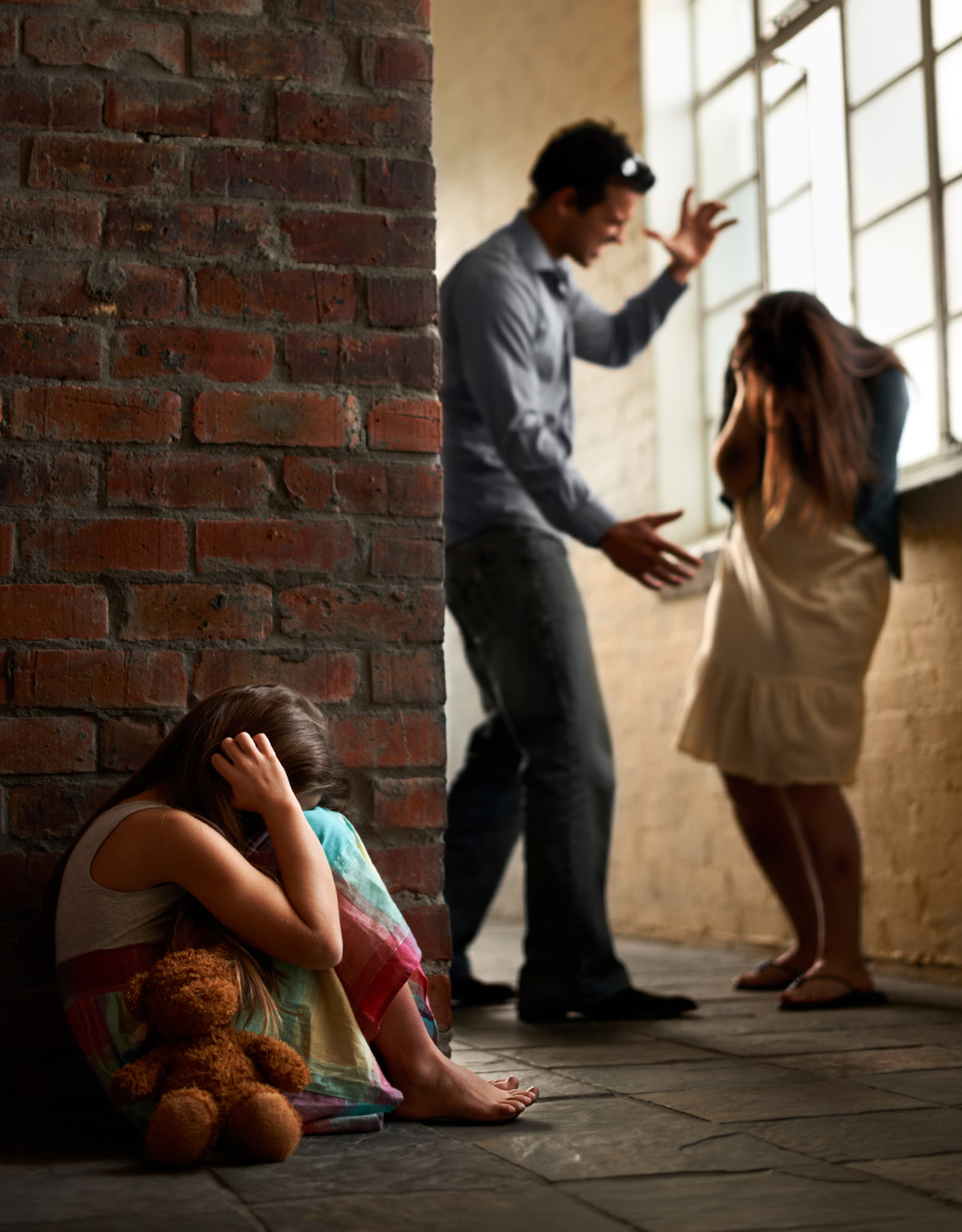Child Sexual Abuse in the Philippines: Why Hasn’t It Stopped?
Most cases of child sexual abuse in the Philippines go unreported when asked to go on record. But when there’s anonymity, the readings are alarming.
With the internet and social media growing at an exponential rate, so have the cunningness of many child sexual abusers. As they continue to exploit children sexually, some of them have become more clever in hiding their tracks as they use both physical and digital ways to throw people off their trail. However, the latest research of the International Justice Mission (IJM) has revealed a new tool known as the Scale of Harm which revealed that nearly half a million children have been sexually exploited or abused in the Philippines.

What is considered child sexual abuse in the Philippines?
The Anti-Online Sexual Abuse and Exploitation of Children Law (also known as the Anti-OSAEC law) was quite clear on what to consider as child sexual abuse. The most obvious form being the explicit act of having sex with a minor. But other forms of child sexual abuse in the Philippines include:
- Creating and distributing of child pornographic materials
- Paying a child to perform sexual acts on a livestream via webcam. (Masri, 2015; Ali, Haykal, Youssef, 2023)
- Selling of children as brides or prostitutes.
But the most astonishing part is that the IJM’s Scale of Harm discovered that these acts are widespread in the Philippines. Considered also as one of the biggest traffickers of child sex workers, the Philippines appears to be aware but the roots of the syndicates and the people who run the show run deep.
Why does the Philippines appear to tolerate the behavior?
Although families in the Philippines are innately aware of the immorality of child sexual abuse, some people, most especially the relatives of the victims, justify the behavior in the name of desperation to elevate themselves out of poverty. Those who abuse these children sexually justify the financial gain. Many who patronize these live streams and materials are from foreign countries like Australia, revealing that some pay as much as $106 to gain access to the live stream (Brown, Napier, and Smith, 2020).
Additionally, most of operators — or those who run the show — had an immediate blood tie to the victim, revealing themselves to usually be the mother (Hernandez, Lacsina, Ylade, Aldaba, Lam, Estacio Jr., and Lopez, 2018). The abuser “grooms” them, commonly associating the act as a way of “showing love” for the one requesting it (Gill, 2021) or as a form of discipline because of how Philippine institutions rely on trust and power as their foundations (Velayo, 2005). Because the child eventually sees it as a way of “showing love” to their parent, it becomes mentally taxing for them to unlearn the behavior and possibly distressing when they realize how destructive their parents actually were.
Thus, we can base our outward “tolerance” more on how people speak about the act. Operators or those who further child sexual abuse in the Philippines explain the act to the child as their way of “paying their family back” or “helping the family survive” (Velayo, 2005). It twists the two of the most important core virtues in the Philippines: utang na loob and pakikisama to justify their acts in spite of the immorality.
However, there is a need to categorize how people execute child sexual abuse in the Philippines: organized crime and those that are isolated and spontaneous cases.
Why don’t these kids come forward?
In the Philippines, many of the victims of child sexual abuse are connected to their abusers by blood which is a major factor. It tackles two vital components of Philippine family culture: strong and unwavering filial piety and cooperative efforts to preserve or elevate their image in society. Threatened and groomed, these kids remain silent and tolerate the abuse to “preserve the peace” because reporting it means breaking their family and dragging their whole family’s reputation down.
In a survey that reported 72% female respondents, it was either an uncle or another close male relative that abused them. Male respondents, although reporting at 4%, may have not stepped forward due to the existing and erroneous premise of how males “cannot be raped.”

The more we tolerate it, the more it grows
Child sexual abuse in the Philippines will not stop by itself. Both enabling the action (i.e. remaining silent because the family member is the perpetrator) or being the culprit themselves will continue to breed three kinds of people: the hyper-independent, the withdrawn, and the child rapist. Children learn three things from these occurrences: (1) they cannot trust adults, (2) as a child, they have no power, and (3) to get power, they must take it from others. Whichever lesson sinks more is what creates the various outcomes (Drejer, Riegler, Halvorsen, Johnson, Baugerud, 2023).
Especially because Philippine family culture bases its dynamics on trust and power, child sexual abuse is more likely to become a method of seizing back power and control. (Labadie, Godbout, Vaillancourt-Morel, and Sabourin, 2018). While there are some who naturally are anti-social, many of these child rapists learned their sociopathy. They grew up in an environment where screaming, yelling, and sexual abuse are so frequent that to them, it’s normal. They then portray two people — as a survivor, they want someone to help them release their pain and heal them. But as a culprit, they want their control and do it in the only way they know how: by taking it from someone who was once like them. (Richards, 2011; Johnson, 2014)
Although it’s heartbreaking, that is no justification for them to inflict that same pain on others.
The need for more preventive measures
The IJM’s Scale of Harm, although appearing only just as a metric, can serve as a backbone for many programs that can fight sexual child abuse in the Philippines. With the factors defined, it allows organizations and institutions to be more surgical in their approach. And as parents, we will also become more aware of the signs. It may rock the boat but our children’s safety is worth more than society’s peace. We should not let these abusers exploit that part of our culture. It’s time we find something multi-faceted to weed out those who are truly sick with the disease and those who relish in its immorality.
References
Ali, S., Haykal, H. A., & Youssef, E. Y. M. (2023). Child sexual abuse and the internet—a systematic review. Human Arenas, 6(2), 404-421.
Drejer, C., Riegler, M. A., Halvorsen, P., Johnson, M. S., & Baugerud, G. A. (2023). Livestreaming technology and online child sexual exploitation and abuse: a scoping review. Trauma, Violence, & Abuse, 15248380221147564.
Gill, M. (2021). Online Child Sexual Exploitation in the Philippines: Moving beyond the current discourse and approach. Anti-trafficking review, (16), 150-155.
Hernandez, S. C. L. S., Lacsina, A. C., Ylade, M. C., Aldaba, J., Lam, H. Y., Estacio Jr, L. R., & Lopez, A. L. (2018). Sexual exploitation and abuse of children online in the Philippines: A review of online news and articles. Acta Medica Philippina, 52(4).
Johnson, C. F. (2004). Child sexual abuse. The lancet, 364(9432), 462-470.
Labadie, C., Godbout, N., Vaillancourt-Morel, M. P., & Sabourin, S. (2018). Adult profiles of child sexual abuse survivors: Attachment insecurity, sexual compulsivity, and sexual avoidance. Journal of Sex & Marital Therapy, 44(4), 354-369.
Masri, L. (2015). Webcam child sex abuse.
Napier, S., Smith, R. G., & Brown, R. (2020). Australians who view live streaming of child sexual abuse: An analysis of financial transactions. Trends and Issues in Crime and Criminal Justice [electronic resource], (589), 1-16.
Richards, K. (2011). Misperceptions about child sex offenders. Trends and issues in crime and criminal justice, (429), 1-8.
Velayo, R. (2005). A Perspective on child abuse in the Philippines: Looking at institutional factors. In Violence in schools: Cross-national and cross-cultural perspectives (pp. 191-205). Boston, MA: Springer US.
Learn more about this widespread issue:
The New Anti-Online Sexual Abuse or Exploitation (OSAEC) Law is Signed! Here’s What We Know
Child Trafficking is a Serious Matter in the Philippines and We Must Act Fast
Child Trafficking: What Happens To These Kids After?









